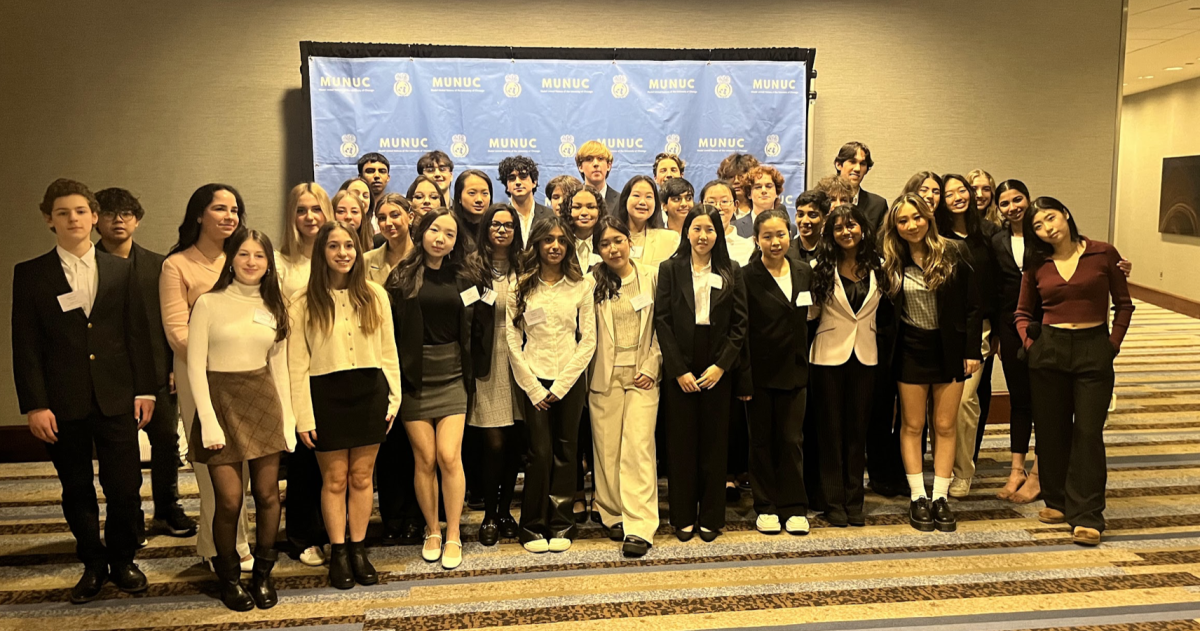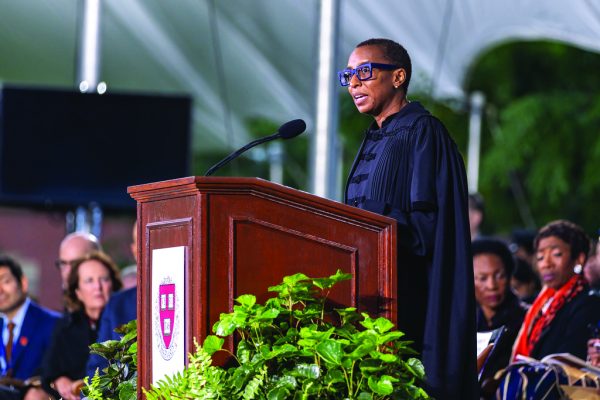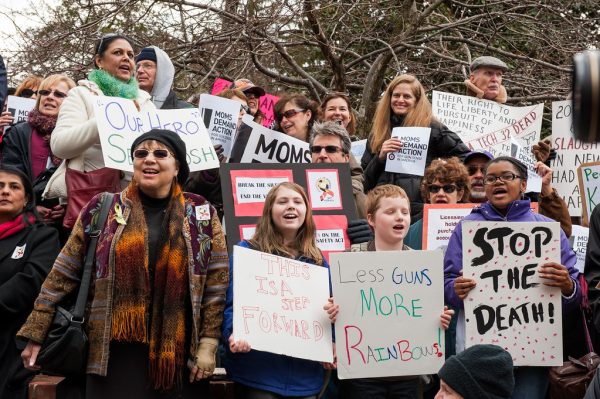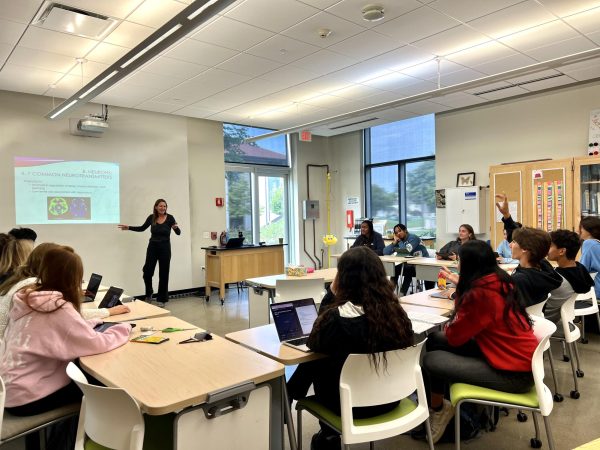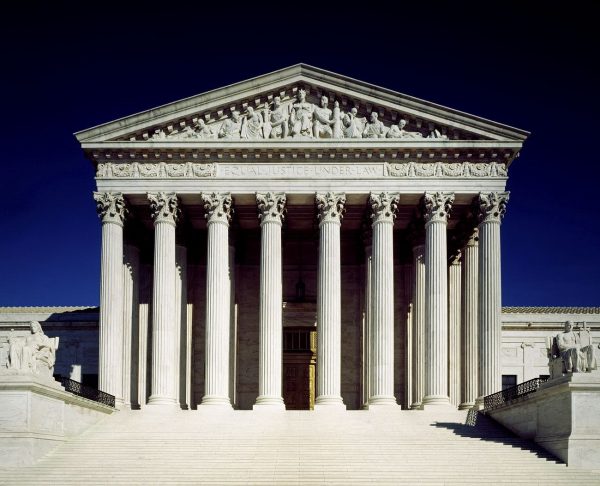The Future of Affirmative Action
November 10, 2022
As the 1960’s civil rights movement gained momentum and began its historical reconfiguration of America’s social structure, President Lyndon B. Johnson enacted the Executive Order 11246, the first of many pieces of legislation that now act as Affirmative Action. Affirmative Action aims to increase opportunities in workplaces and educational environments for marginalized people and those who have unequal access to resources. As LFA’s senior class begins the dreaded annual college application process, it is important to have a general understanding behind the meaning and roles of Affirmative Action in college admissions.
Ben Wetherbee, Associate Dean of College Counseling, said that Affirmative Action in education is “designed to improve access and to improve the equal and equitable representation of people from underrepresented groups, a nod to the fact that there have been systems in place in this country that are institutionalized, that have oppressed people from progressing. It’s basically a way to combat that.”
Students and alumni at LFA have been aided by the existence of Affirmative Action, and many believe it to be a tool to level the playing field, reshaping the inequitable pursuit of higher education.
Ariana Rashid ‘23, the President of the Muslim Student Union, stated “I hope they take into consideration that there are other students who may have had opportunities and resources from an unfair or unequal environment. I don’t want to be accepted just because of the fact that I am a woman of color, but I want them to holistically view how much harder I had to work for my achievements than others who had more advantages.”
While her perspective is common among most applying students, Alumni Keyra English ‘18, a former President of the Black Student Union, said, “The thing is you never know how it affected you and the decisions around your application. You can speculate and make assumptions but at the end of the day all you can do is apply yourself, and if you get accepted be confident it was your own ability that got you in, and you’re not just there for a diversity statistic.”
While Affirmative Action attempts to mitigate the difference in opportunities and resources provided to some and not others, there are equally tangible tools aside from Affirmative Action for those already advantaged in the admission process.
Wetherbee explained, “When you think about legacy admission, when you think about niche athletic sports that tend to be more overly representative of certain groups of people, those in it of themselves are versions of Affirmative Action, they’re more covert in the way they are able to advantage themselves. Think about the majority of students and the demographic of students that play lacrosse, or field hockey, or ice hockey, these sports that are majority white male or white female, are a version of covert Affirmative Action.”
Affirmative Action has repeatedly fallen under threat of being terminated in the educational field. For almost a decade after its introduction, the general approach of college admissions offices was to have a quota (set number of reserved seats) for students of specific races, religions, and genders. This process of admission was struck down in the Supreme Court case University of California v. Bakke (1978).
Bakke was a white male who had been rejected twice from the University of California at Davis. Believing this was due to the 16 of 100 seats being reserved for racial minorities, Bakke sued the institution. In his victory, the quota system for enforced diversity was prohibited. One of these solutions was the creation of a point system in which applicants need to meet a set threshold of points for admission, and applicants of certain diverse backgrounds would receive additional points in an effort to even the playing field and account for unequal access to resources. During the 1990’s, the University of Michigan had a system in which African Americans, Hispanics, and Native Americans were allotted 20 automatic points towards the 100 point admissions mark. For context, a perfect SAT score allotted 12 points.
The Supreme Court case of Gratz V. Bollinger (2003) put a stop to that system. Jennifer Gratz, an in-state applicant, was denied admission and subsequently sued the University of Michigan through the Center for Individual Rights. Her argument was, ironically, based on the Fourteenth Amendment’s Equal Protection Clause. The Supreme Court ruled in her favor, removing another practice intended to actively pursue diversity on campuses.
The current defense of diversity within the curation of classes argues that diversity is beneficial to all in an educational environment. Introducing different ways of thinking, prominent in different cultures, creates an environment of problem solving and critical thinking.
This defense was productive for the supreme court case, Student for fair admissions v. Harvard (2020). It was revealed that Asian-Americans were being discriminated against in order to uphold a diverse class, as many Asian students meet the admission requirements more than other students yet were still denied.
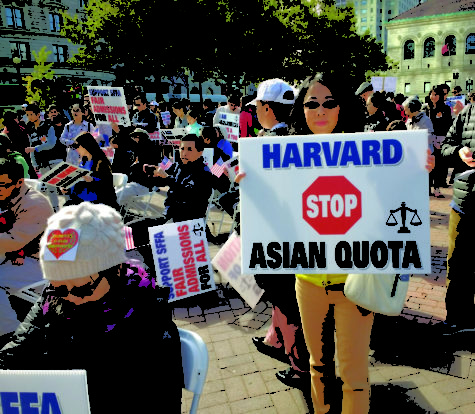
Even in Affirmative Actions successful defense in 2020, Wetherbee explains how its future is still at risk, stating, “…now with a more conservative leaning panel of justices I think it’s really in danger of being overturned next year and that will have huge implications for what colleges can legally do as it relates to what they can consider.”
Even under the threat of removal at the college level, LFA continues its mission to harbor a diverse body of students across cultures, countries, religions, races and more. Admissions officer Kyle Koncz discusses how the admissions office actively promotes LFA in areas where students otherwise wouldn’t have considered it.
Koncz stated, “A huge piece of what we do to make sure that we are doing our best to be out there in communities, visiting different places, talking to different organizations, attending different fairs, meeting different students of all sorts of backgrounds, whether that’s cultural, whether that’s race, whether that’s socio-economic status, and being creative about bringing those students on campus.”
Regardless of the future of Affirmative Action based admission at the collegiate level, it is clear that college admissions will continue to find solutions that diversify student bodies– a goal that LFA is also committed to.
“Students for Fair Admission organization protest against Harvard selective admission against Asian-American students” courtesy of Creative Commons




